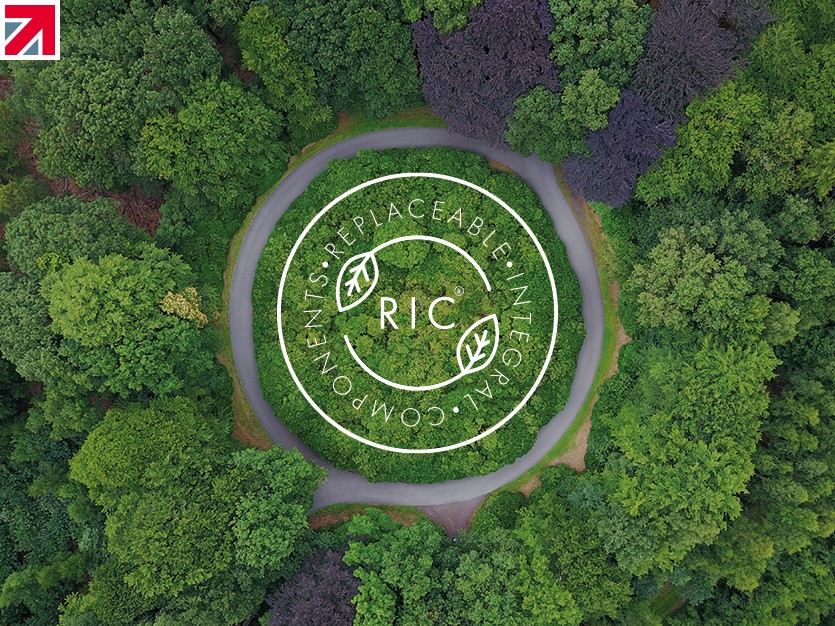Minimising waste and reducing the amount of pollution is paramount for achieving an environmental sustainability.
With lighting alone contributing 5% of the world’s total Co2 emissions, Steon have decided to further increase their efforts to become more sustainable.
In the interest of protecting the planets’ finite resources, a shift from a linear economy towards a circular economy is crucial.
Linear Vs Circular Economy
Linear economy is the traditional model of production where materials are collected, transformed into products, and then discarded. This method has no ecological concern and prioritises profit over sustainability.
Circular economy involves repairing, re-using, refurbishing, and recycling existing materials to prevent them ending up in landfill. The aim is to design out waste and pollution by creating an economy which is regenerative.
Steon's Solution to Circular Economy
The increase in environmental concern has encouraged a paradigm shift towards a less wasteful circular economy. With this in mind, Steon now provide the option to extend a luminaires serviceable life by promoting Replaceable Integral Components, RIC®.
RIC in Practice
At Steon we recognise that greater utilisation of materials in circular economy is vital if we are to protect the environment. As a manufacturer we design our products to be easily repaired or upgraded with readily available components, whereas the traditional ‘linear’ economy extracting resources, processing and manufacturing into products before disposing of them at the end of their serviceable life with no further intervention after the point of sale.
The idea behind RIC® is to keep our luminaires in circulation and prevent them ending up in landfill prematurely. When components such as PCBs, drivers or emergency units ultimately fail we encourage clients to replace these individual parts rather than dispose of the whole luminaire. To achieve this, our luminaires have been strategically designed to allow components to be easily removed and replaced.
With the implementation of RIC, we are aiming to achieve the maximum life of our products and value from the natural resources used to make them. Essentially, RIC allows us to better optimise our use of resources, recover as much as possible and prevent waste and pollution through better design.
Watch our full RIC video here: https://bit.ly/3I4f0Gr
Learn more about RIC here: https://bit.ly/3FF6EDT
Find out more about Steon Lighting on their member profile page here
Member-created content 3 years ago | From members
